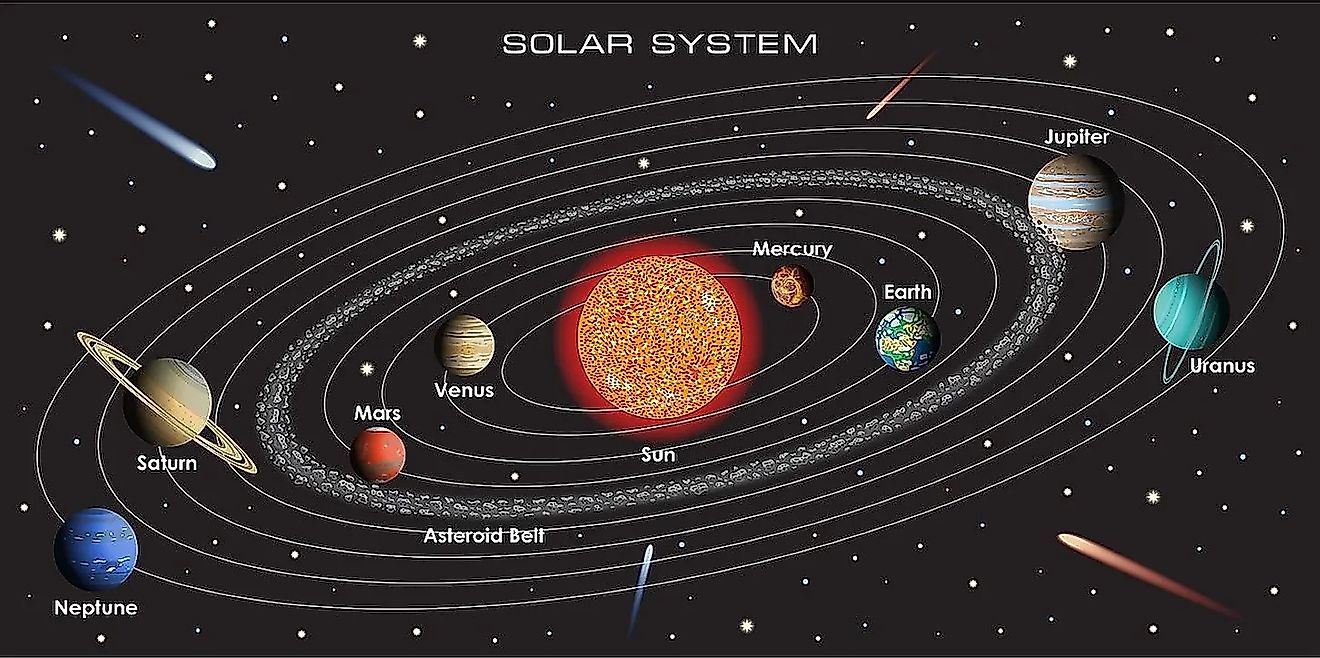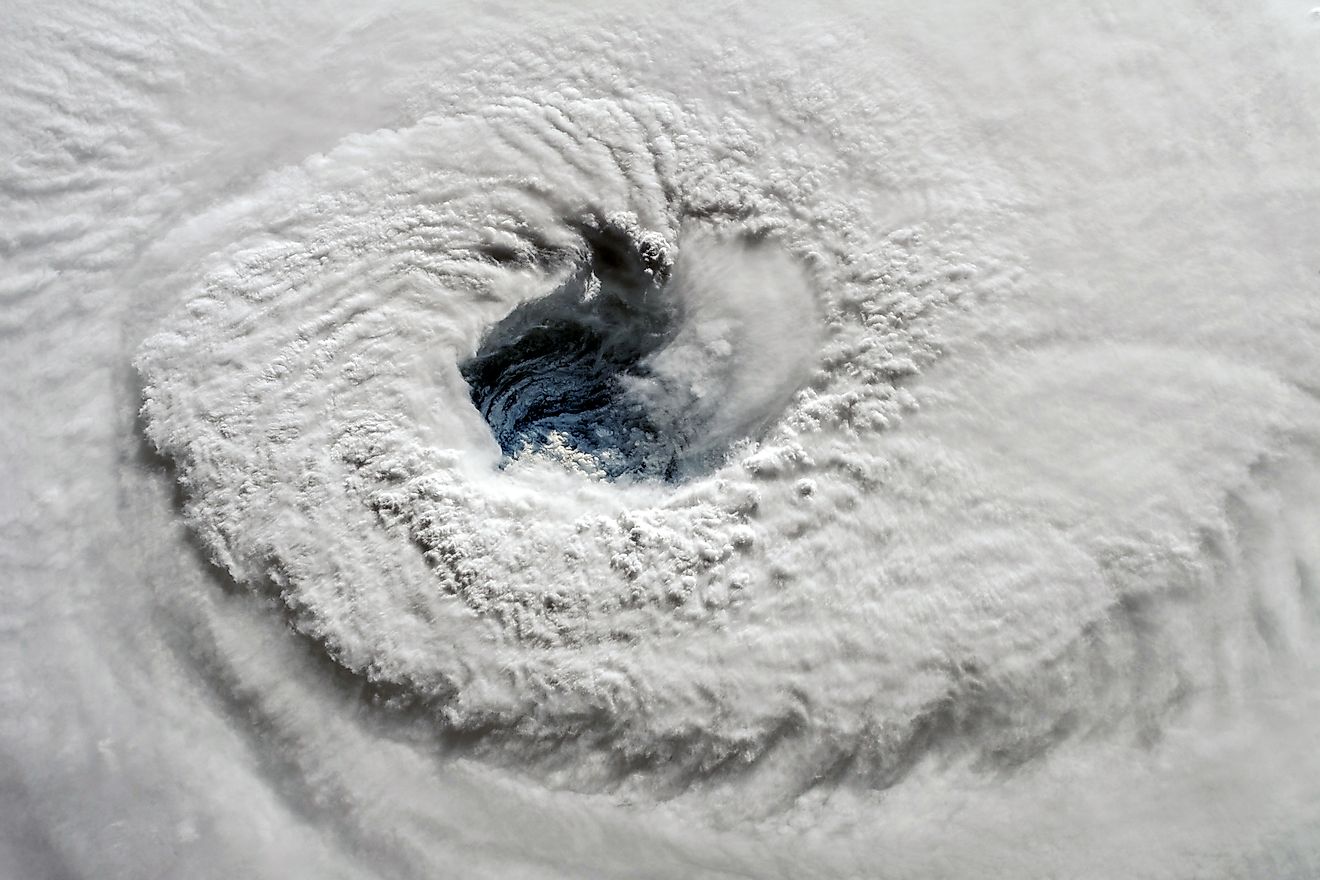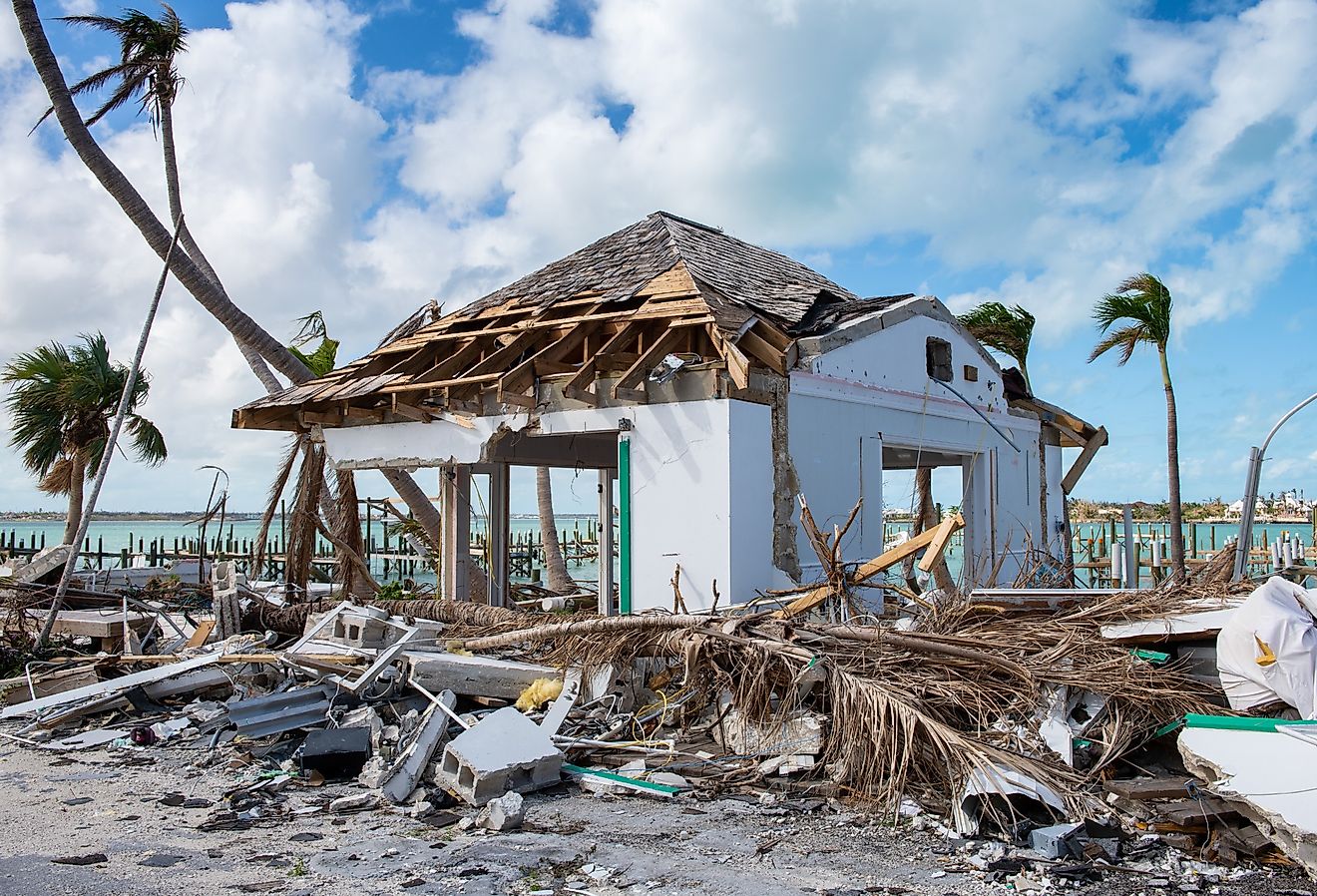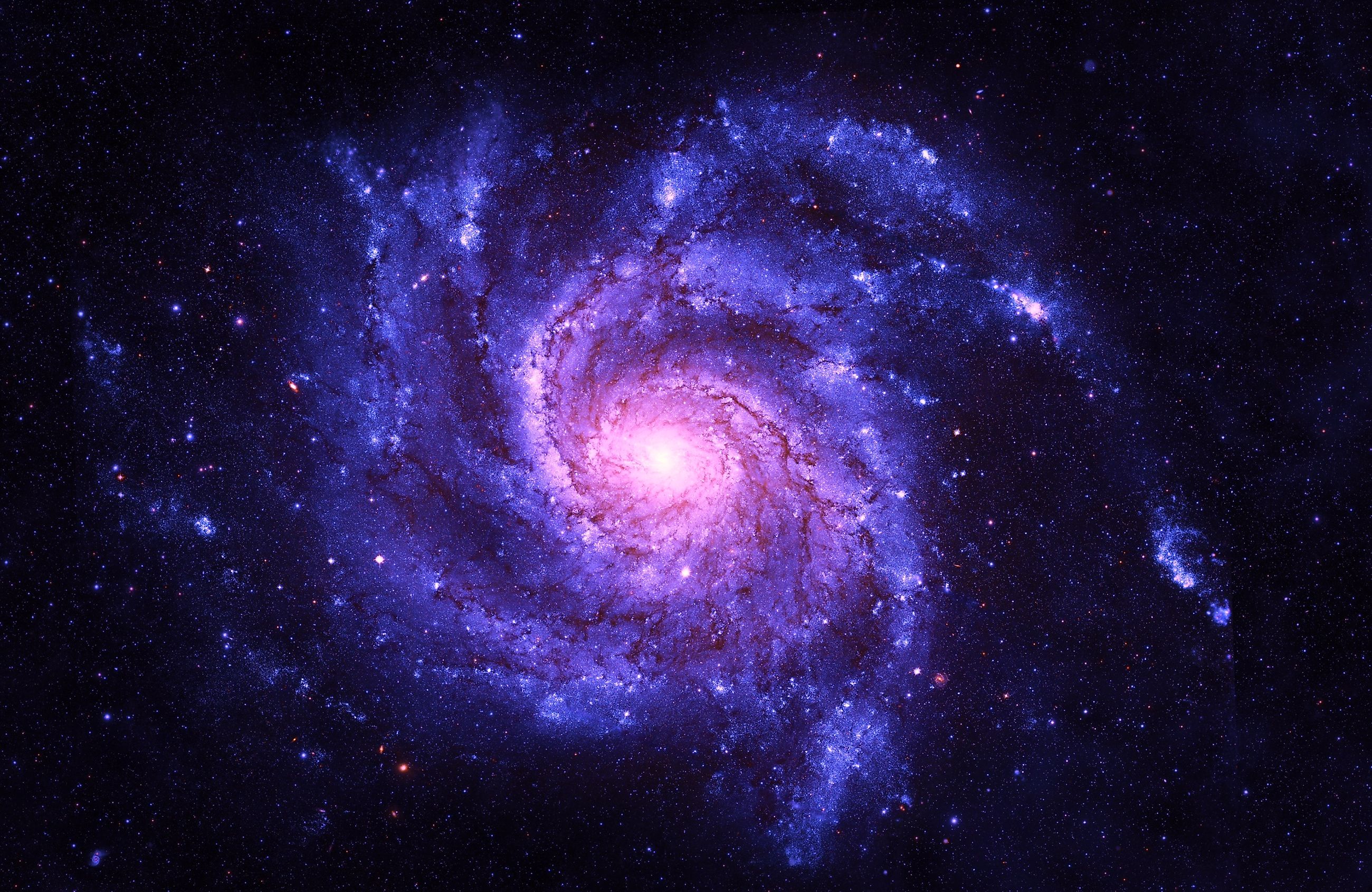
New Evidence Suggests Galaxies May Have Formed Earlier Than Thought
NASA’s James Webb Space Telescope (JWST) launched on December 25, 2021. While it has only been in operation for a little over a year, JWST has already begun to revolutionize our understanding of the universe. The most powerful space telescope prior to JWST was Hubble. As a space telescope, Hubble was able to see farther into space than any ground-based telescopes, and over the last couple decades, Hubble revealed more about the universe than perhaps any other telescope in history. However, despite its power, Hubble had its limitations, one of the most notable of which was that Hubble was unable to see objects in far-infrared light. Hubble was capable of seeing from near-infrared to ultraviolet light, which has allowed it to see everything from forming stars to massive supernovae. However, the inability for Hubble to see in far-infrared light meant that Hubble was unable to observe the earliest galaxies, something that the JWST is capable of doing. Armed with the ability to see in far-infrared light, the JWST has recently observed what are perhaps the first galaxies to form after the Big Bang.
Observing Distant Galaxies
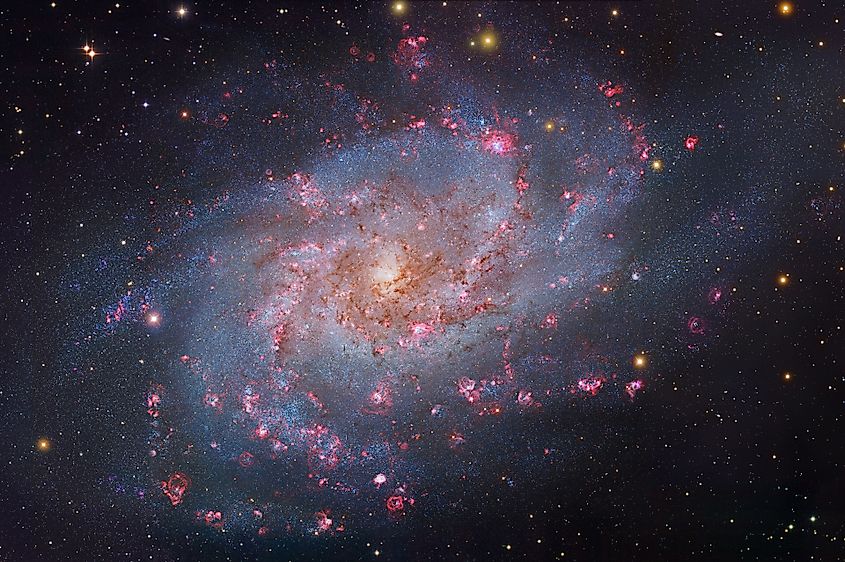
The universe contains over 100-billion galaxies. Galaxies are vast clusters of stars, nebulae, planets, and stellar remnants. Galaxies are what give our universe shape and structure, and without them, the universe as we know it simply would not exist. The importance of galaxies makes one wonder how and when they formed. The universe was born in the Big Bang around 13.8-billion years ago, and so the first galaxies formed sometime after that. To find the oldest galaxies, astronomers simply look for the farthest galaxies since there is a relationship between age and distance. The speed of light is the fastest known thing in the universe, yet its speed is still finite. It takes time for an object’s light to reach our eyes, and so when we see an object that is far away, we are seeing that object as it appeared in the past. A light year is the distance light travels in a single year, and so when an object is 10-light years away, we are seeing that object as it was 10-years ago. To find the first galaxies, astronomers simply look for the furthest possible galaxies, yet things are not quite as simple as they sound. To find the distance to a galaxy, astronomers must know the redshift of a galaxy. Ever since the Big Bang, space itself has been expanding and carrying the galaxies along for the ride. When an object is moving away from you, its light will be stretched and redshifted. The faster an object moves, the more extreme that redshift becomes. The furthest galaxies are also moving away from us the fastest, and so their light will be more red-shifted than other galaxies. This is where Hubble meets its limitations, as it is unable to view objects emitting far-infrared light, and in this case that means objects experiencing extreme forms of redshift. Thus, Hubble was unable to view the furthest galaxies, yet thanks to the technology of the JWST, astronomers have recently begun observing what could possibly be the first galaxies.
Ancient Galaxies
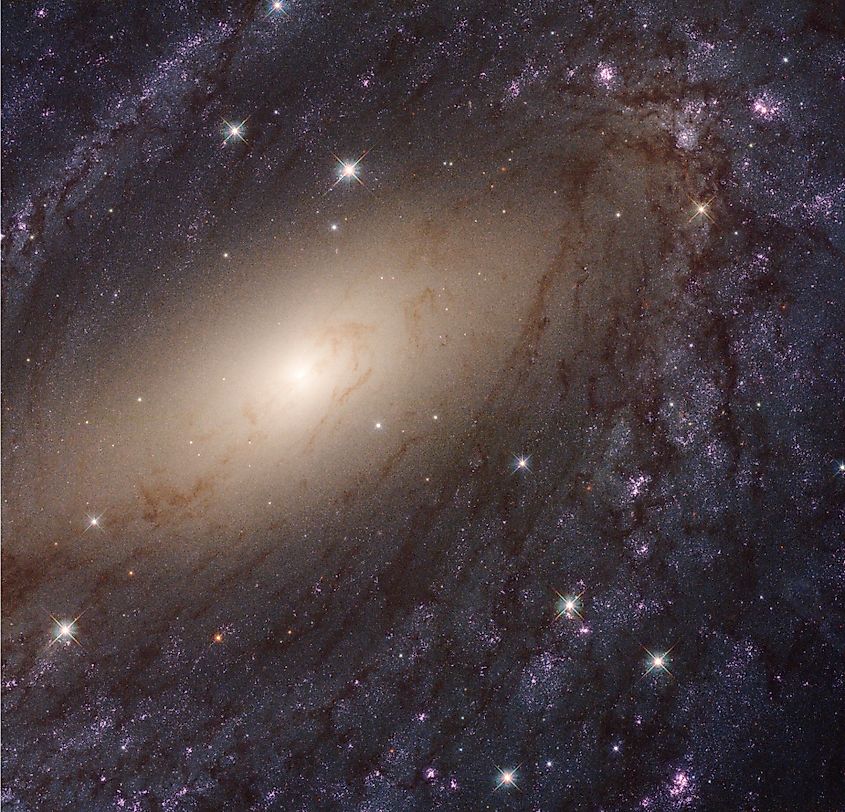
The JWST recently began observing 87 galaxies of extreme redshift, which suggests these are among the furthest galaxies in the universe. Some of these galaxies are around 13.6-billion light years away, meaning that some of these galaxies formed a mere 200-million years after the Big Bang. Furthermore, some of these galaxies already appear to be fully formed, which suggests that galaxy formation began much sooner after the Big Bang than previously thought, which may also push back when the first stars began to form as well. Furthermore, astronomers only observed a small patch of the night sky, and so researchers hope that further observations of different sections of the universe will shed more light on how and when the first galaxies formed.
